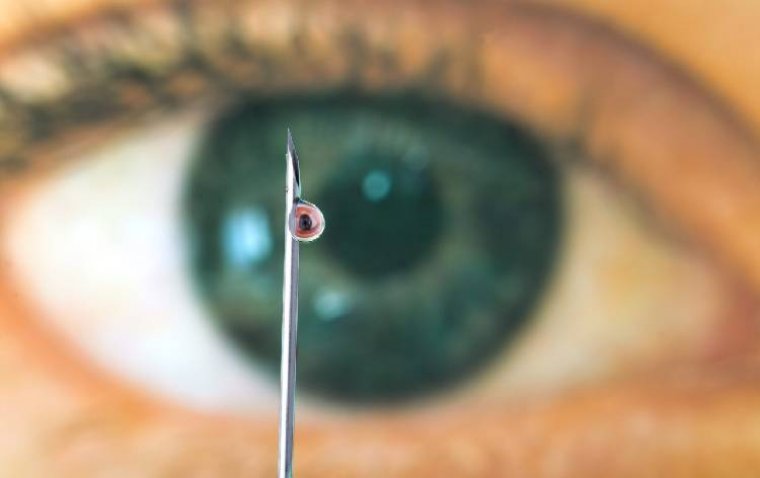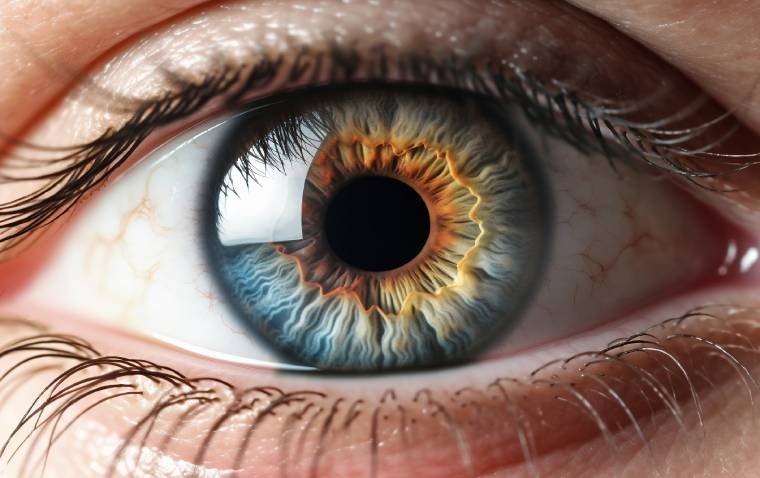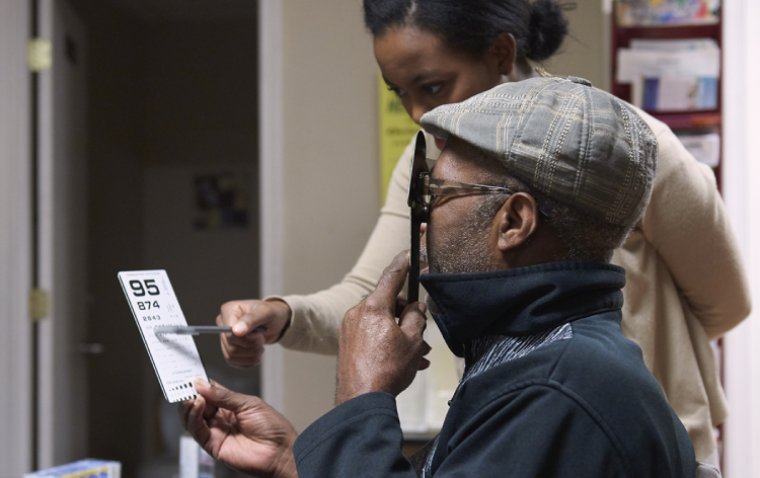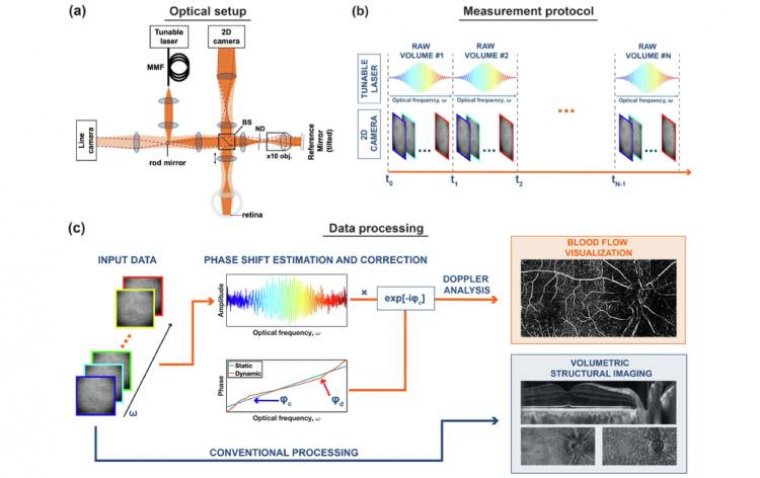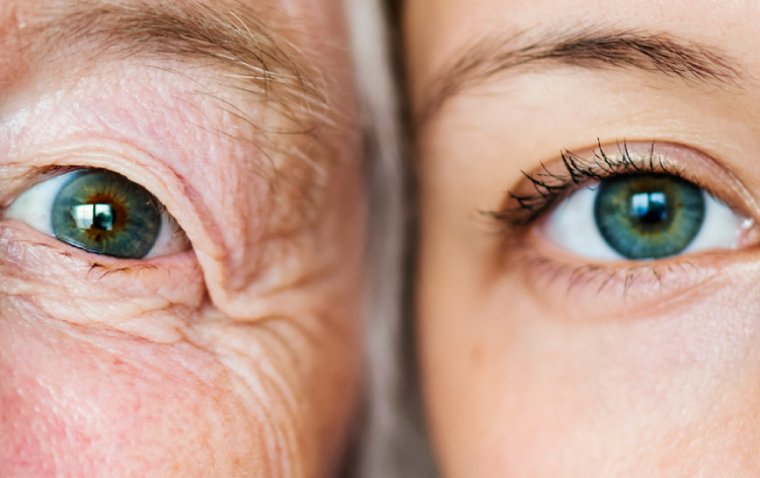
Human Retinal Stem-Like Cells Discovered with Potential to Repair Vision Loss
A research team led by Wenzhou Medical University and collaborating institutions has identified a distinct population of human neural retinal stem-like cells with the ability to regenerate retinal tissue and support visual recovery. This groundbreaking discovery could lay the foundation for regenerative therapies targeting retinal degenerative diseases such as retinitis pigmentosa and age-related macular degeneration (AMD).
Retinal Degeneration and the Need for Regeneration
Retinal degenerative diseases affect millions globally and are characterized by the irreversible loss of light-sensitive neural cells in the retina. Current treatment options may slow disease progression, but none are capable of replacing damaged retinal tissue. Although regenerative capacity has been observed in animals like fish and amphibians, the existence of true retinal stem cells in humans has long been debated.
Discovery Through Advanced Transcriptomic Techniques
The study, titled “Identification and characterization of human retinal stem cells capable of retinal regeneration” and published in Science Translational Medicine, employed single-cell and spatial transcriptomics to identify these cells in human fetal retinal tissue.
Methodology:
• Researchers analyzed fetal retinal samples from donors at 21 weeks of gestation using single-nucleus sequencing and spatial transcriptomics.
• Additional samples from donors aged 16 to 22 weeks were used to validate the findings and determine the cell population’s location within the ciliary marginal zone of the peripheral retina.
Defining Features of Retinal Stem-Like Cells
The identified cells displayed:
• Molecular signatures of self-renewal
• Capacity to differentiate into all major retinal cell types, including photoreceptors, ganglion cells, and bipolar cells
• Localization in both human fetal tissue and retinal organoids with overlapping gene expression profiles
Functional Capacity Demonstrated in Organoids and Animal Models
In retinal organoids, stem-like cells:
• Migrated into injured regions
• Generated new retinal cells
• Activated gene expression patterns consistent with natural fetal retinal development
In mouse models of inherited retinal degeneration, transplanted cells:
• Survived for up to 24 weeks
• Integrated into host retinal tissue
• Formed functional synapses
• Improved retinal structure and enhanced visual responses compared to control animals
Safe and Durable Integration with No Tumor Formation
Importantly, no intraocular tumors were observed following transplantation. The cells demonstrated:
• Broader differentiation potential than previously studied retinal progenitor cells
• Long-term viability
• Restorative impact on retinal structure and visual function without adverse effects
Implications for Future Therapeutic Development
The findings suggest that retinal organoids may represent a scalable and reliable source of human stem-like cells for regenerative ophthalmology research and future therapies. However, further investigation is required to assess:
• Safety and immune compatibility
• Efficacy in disease models that closely mirror human retinal conditions
This discovery marks a major advancement in the pursuit of vision-restoring regenerative treatments, offering renewed hope for patients affected by retinal degenerative diseases.
Reference:
Hui Liu et al, Identification and characterization of human retinal stem cells capable of retinal regeneration, Science Translational Medicine (2025). DOI: 10.1126/scitranslmed.adp6864
(1).jpg)
